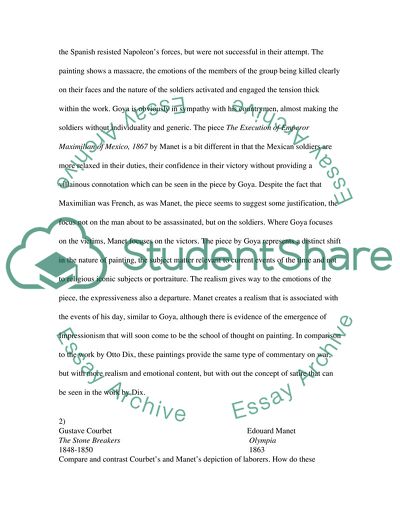Cite this document
(Short Essays in Art Assignment Example | Topics and Well Written Essays - 2250 words - 1, n.d.)
Short Essays in Art Assignment Example | Topics and Well Written Essays - 2250 words - 1. https://studentshare.org/culture/1752207-short-essay-questions
Short Essays in Art Assignment Example | Topics and Well Written Essays - 2250 words - 1. https://studentshare.org/culture/1752207-short-essay-questions
(Short Essays in Art Assignment Example | Topics and Well Written Essays - 2250 Words - 1)
Short Essays in Art Assignment Example | Topics and Well Written Essays - 2250 Words - 1. https://studentshare.org/culture/1752207-short-essay-questions.
Short Essays in Art Assignment Example | Topics and Well Written Essays - 2250 Words - 1. https://studentshare.org/culture/1752207-short-essay-questions.
“Short Essays in Art Assignment Example | Topics and Well Written Essays - 2250 Words - 1”. https://studentshare.org/culture/1752207-short-essay-questions.


